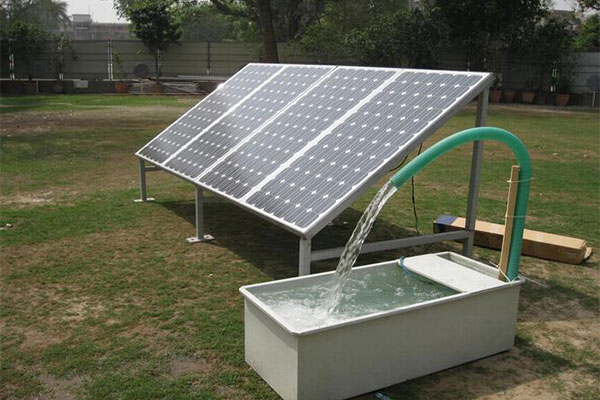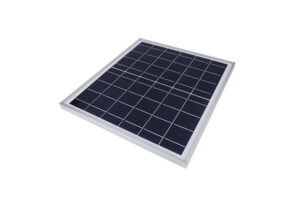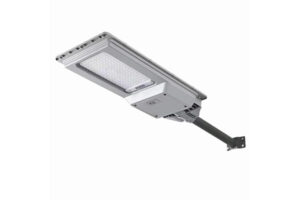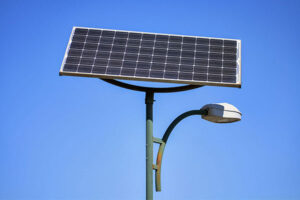Table of Contents
ToggleSolar powered water pumps are a revolutionary technology that harnesses the power of the sun to provide a sustainable and eco-friendly solution to water pumping needs. Whether you’re looking to irrigate your crops, supply water to remote areas, or simply reduce your carbon footprint, solar water pumps offer a cost-effective and environmentally friendly alternative to traditional electric or diesel-powered pumps. In this article, we’ll explore the inner workings of solar powered water pumps and how they operate.

1. Photovoltaic Panels: The Heart of the System
At the core of any solar powered water pump system are photovoltaic (PV) panels. These panels are designed to capture sunlight and convert it into electrical energy. PV panels are typically made from semiconductor materials like silicon, which generate an electric current when exposed to sunlight. This phenomenon is known as the photovoltaic effect.
The size and number of PV panels required depend on the specific water pump’s power requirements and the geographic location where it will be used. Regions with abundant sunlight will require fewer panels compared to areas with less sun exposure.
2. The Solar Inverter: Converting DC to AC
The electricity generated by the PV panels is in the form of direct current (DC). However, most water pumps operate on alternating current (AC). To make this electricity usable for the pump, it needs to be converted from DC to AC. This is where the solar inverter comes into play.
The solar inverter’s primary function is to convert the DC electricity generated by the PV panels into the AC electricity required to run the water pump. In addition to converting the electricity, modern inverters also have built-in safety features and monitoring capabilities to ensure the system operates efficiently and safely.
3. The Water Pump: Moving Water Efficiently
Once the electricity has been converted to AC, it is supplied to the water pump. Solar water pumps come in various types, including deep well pumps and onshore pumps, depending on the specific application.
- Deep Well Pumps: These pumps are designed to be placed directly in the water source, such as a well or borehole. They push water up to the surface and into a storage tank or distribution system. Submersible pumps are often used for deep water sources and are more energy-efficient.
- Onshore Pumps: Onshore pumps, on the other hand, are placed on the ground and draw water from a source, such as a pond or river. They are typically used for shallow water sources and can be less efficient than submersible pumps.
Both types of pumps are powered by the AC electricity generated by the solar system and are equipped with the necessary mechanisms to efficiently move water to the desired location.
4. Storage and Distribution: Water Where You Need It
To ensure a consistent water supply, especially during periods of low sunlight, solar water pump systems often include a storage component. This can be in the form of a water tank or reservoir where excess water is stored on sunny days for use when the sun isn’t shining.
Distribution systems can also be integrated to transport water to where it’s needed. This might involve pipes, hoses, or drip irrigation systems, depending on the application. Solar water pumps are highly versatile and can be tailored to meet the specific requirements of agricultural, residential, or commercial water needs.
5. Monitoring and Control: Efficiency at Your Fingertips
Many modern solar water pump systems are equipped with advanced monitoring and control features. These systems can be remotely monitored and adjusted to maximize efficiency and prevent issues.
Some key features may include:
- Remote monitoring: This allows you to check the system’s performance and troubleshoot issues without being on-site.
- Automatic shut-off: The system can shut off when the water source is depleted or during low-light conditions to prevent damage to the pump.
- Variable speed control: Adjusts the pump’s speed based on water demand, further optimizing energy usage.
6. Maintenance and Longevity
One of the key advantages of solar water pump systems is their low maintenance requirements. Compared to diesel or electric pumps, they have fewer moving parts and are less prone to breakdowns. However, regular inspection and cleaning of PV panels and system components are still essential to ensure optimal performance and longevity.
Conclusion
Solar powered water pumps offer an innovative and sustainable solution for various water pumping needs. They operate by harnessing sunlight through photovoltaic panels, converting DC electricity to AC, and using it to power water pumps. With minimal maintenance requirements and the ability to operate in remote areas, solar water pumps are becoming an increasingly popular choice for individuals and organizations seeking eco-friendly and cost-effective water pumping solutions. By understanding how these systems work, you can make informed decisions about implementing solar water pump technology to meet your water supply needs while reducing your carbon footprint.




